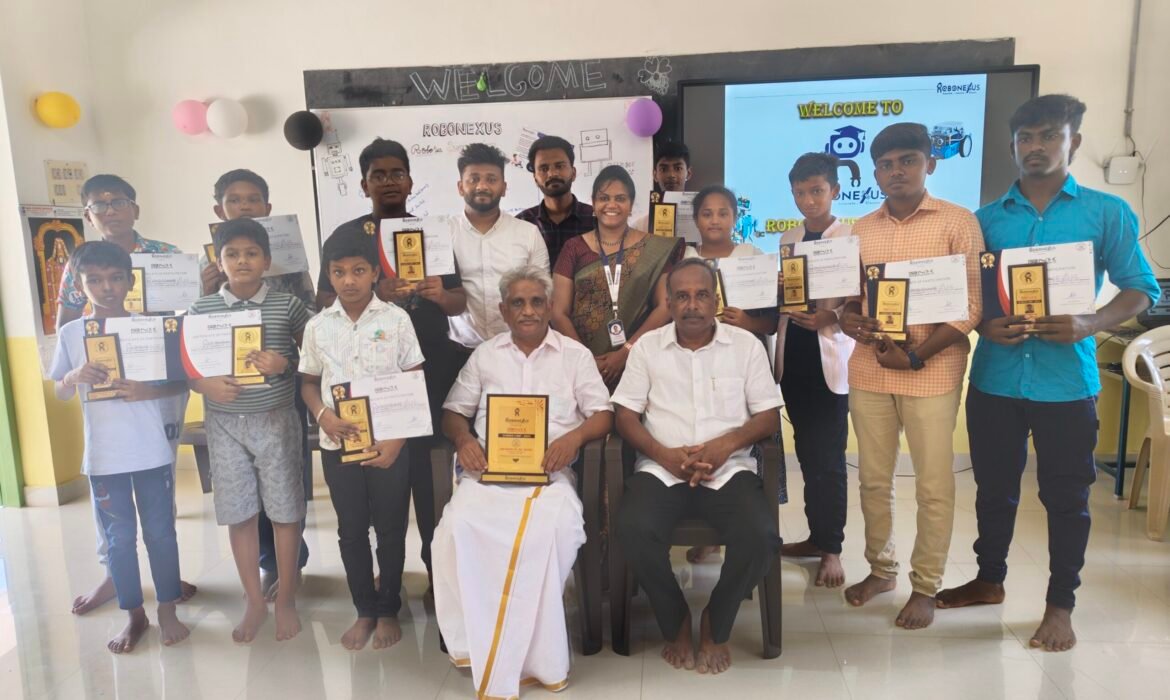RNX RoboMaker 1.0 – Igniting Young Innovators at JVM Matriculation Higher Secondary School, Rasipuram
RNX RoboMaker 1.0: Igniting the Future of Innovation at JVM School
Robonexus Academy proudly wrapped up its first-ever RNX RoboMaker 1.0 Summer Camp, hosted at JVM Matriculation Higher Secondary School, Rasipuram. This 13-day program was a dynamic blend of technology, creativity, and hands-on learning, setting the stage for future tech leaders.
15 Day of Innovation and Exploration
The camp delivered an immersive experience through real-world, project-based learning. Students explored exciting technologies and gained practical skills in:
- Augmented Reality (AR) and Virtual Reality (VR)
- Drone Navigation and Simulation
- Otto Bot Design and Programming
- Arduino-Based Smart Projects
- Basic Electronics and Circuitry
Participants engaged in challenges, group projects, and guided experimentation, nurturing problem-solving, teamwork, and curiosity.
Honored Presence – Chief Guest Dr. M. Madheswaran
We had the privilege of welcoming Dr. M. Madheswaran, M.E., Ph.D. Principal, Muthayammal Engineering College, as our esteemed Chief Guest. A veteran academic and researcher, he brought with him:
- 29+ years of experience in engineering education
- 49 Ph.D. scholars guided and 210+ research publications
- Reviewer for IEEE, IET, Springer, and more
- Global academic exposure across 11+ countries
His words motivated the students and reinforced the importance of foundational exposure to technology.
Leadership and Vision – JVM School Management
This successful camp would not have been possible without the continuous encouragement and forward-thinking vision of the JVM management. Their support and commitment to providing world-class educational opportunities are truly commendable.
Lion. V. Muthusamy
Chairman / Correspondent
Lion. P. Kathamuthu, M.A., B.Ed.
Secretary
Lion. K. Sivamani, M.A., B.Ed.
Treasurer
Their dedication has transformed JVM into a hub of learning, creativity, and innovation.
A Future Built on Curiosity and Creation
At Robonexus Academy, we believe in empowering young minds through STEM. RNX RoboMaker 1.0 was not just a camp—it was a stepping stone toward a brighter, technology-driven future. With every student who coded, built, and explored, we took one step closer to shaping tomorrow’s innovators.
This is just the beginning. More camps. More creativity. More change.
Learn. Build. Innovate.
With Robonexus Academy.
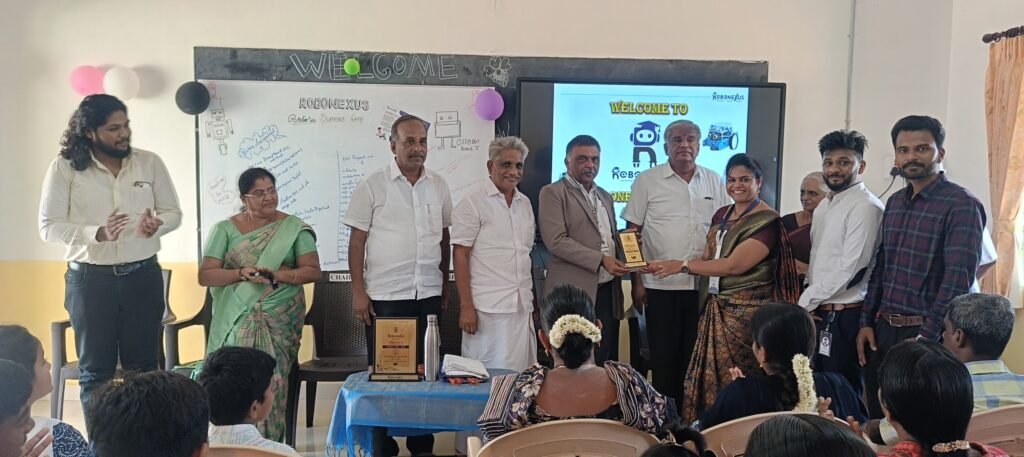
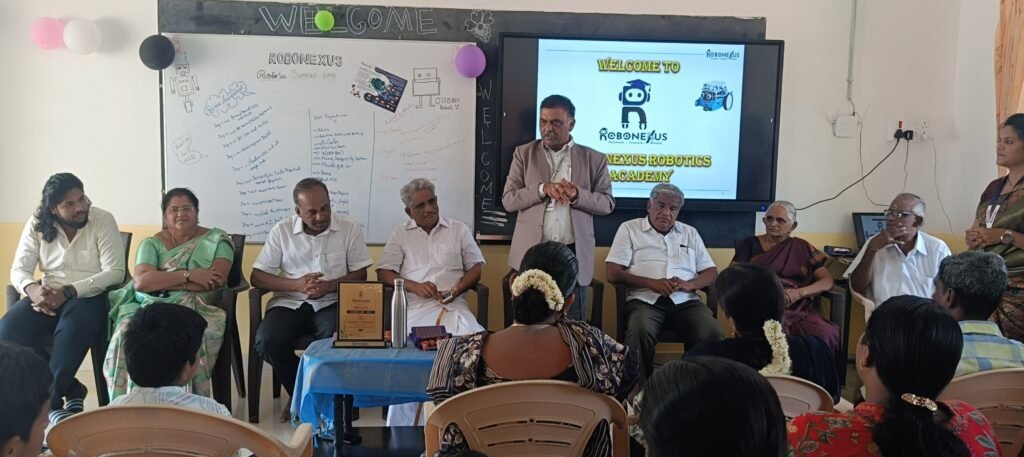
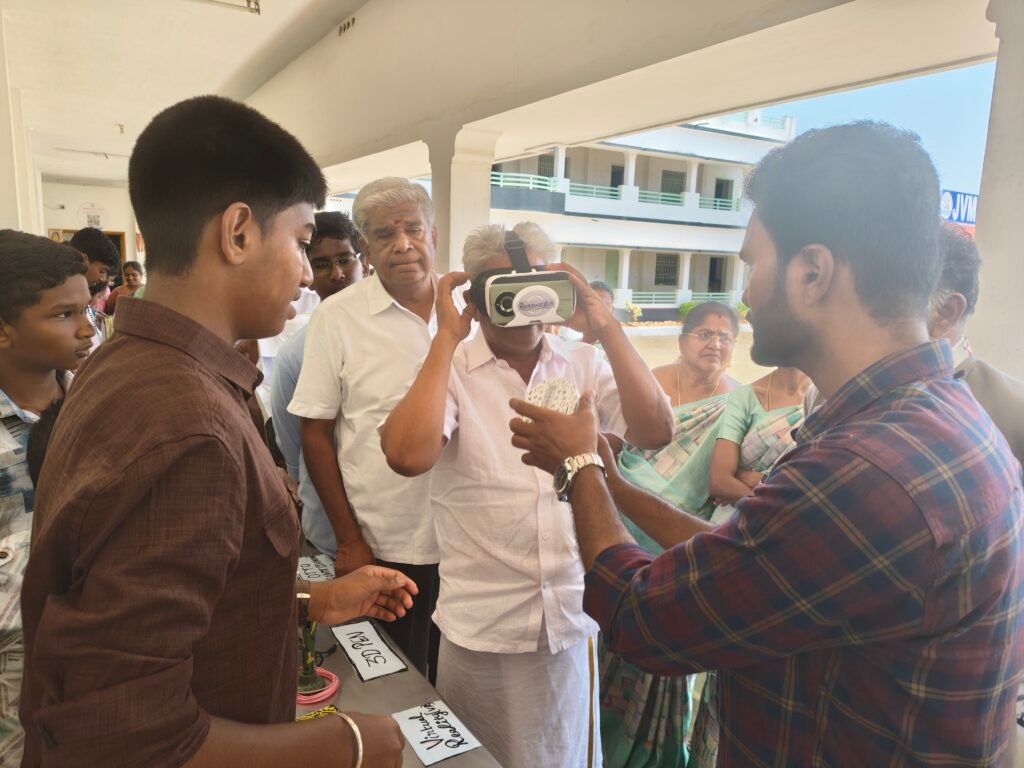
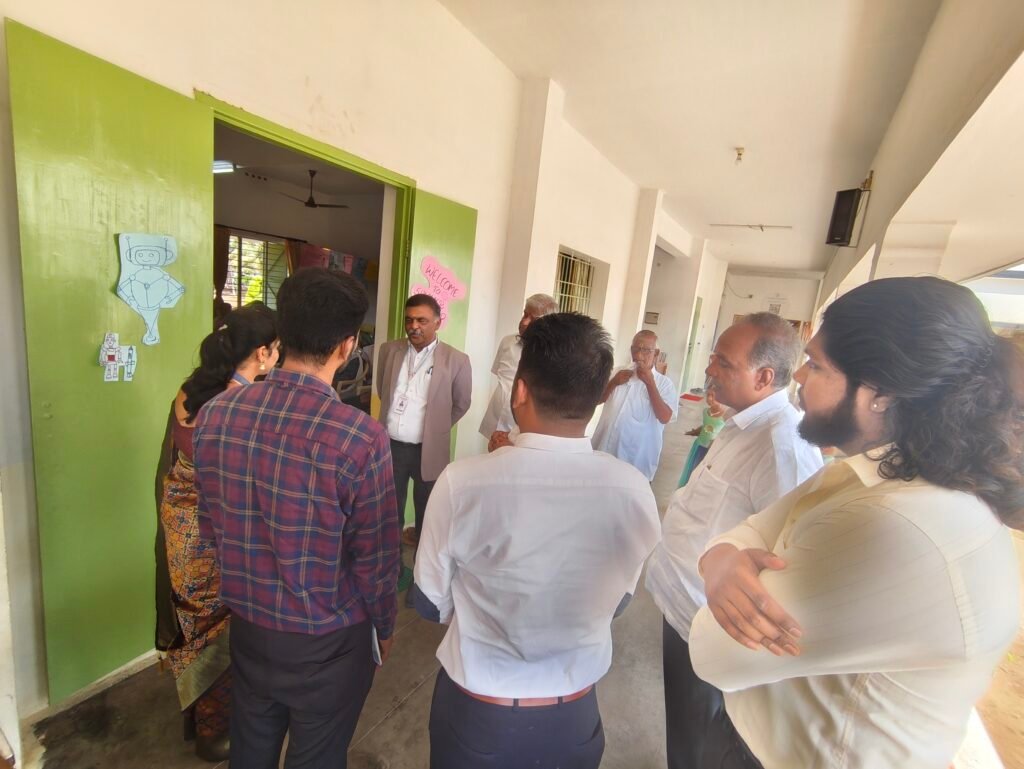
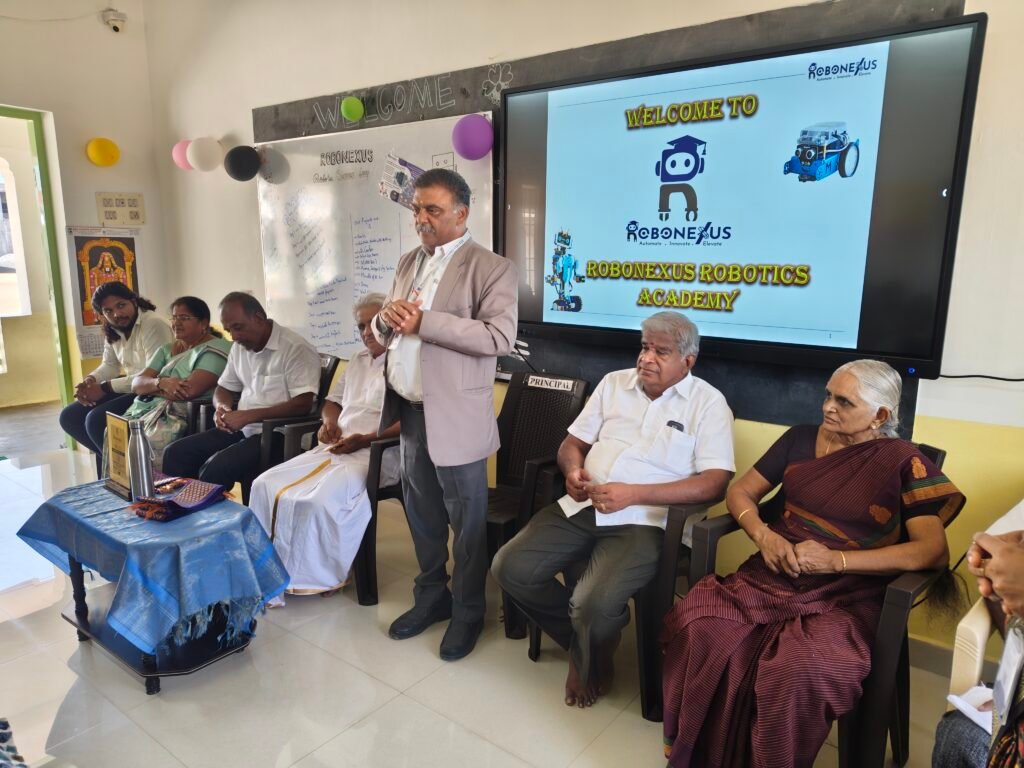
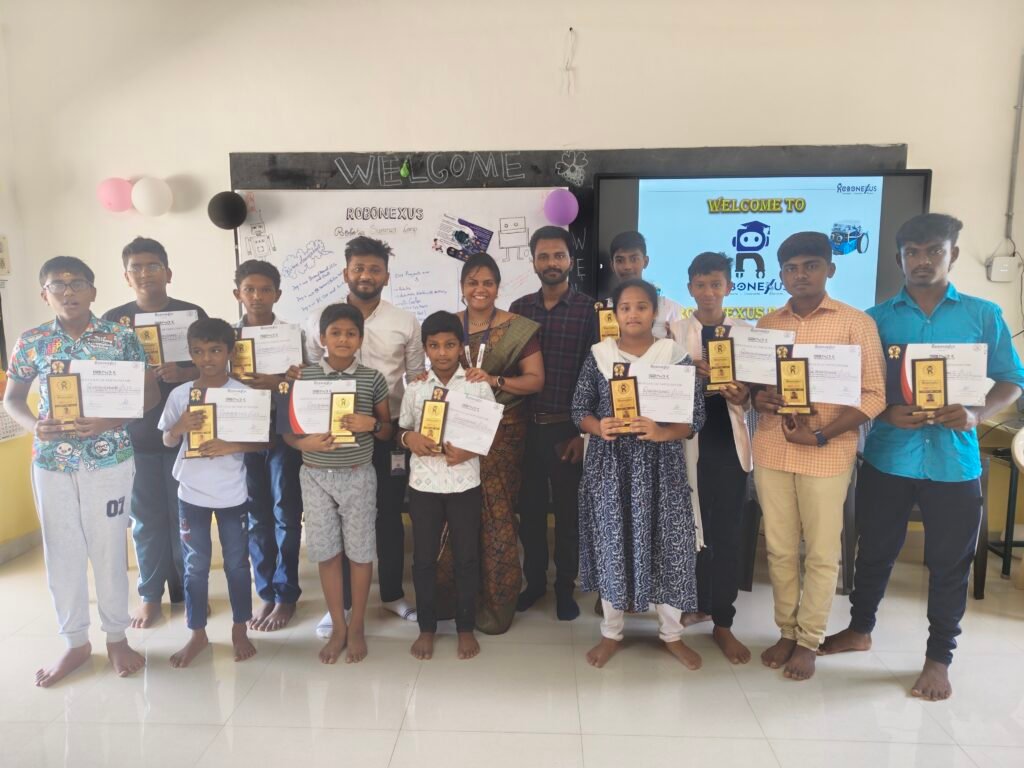
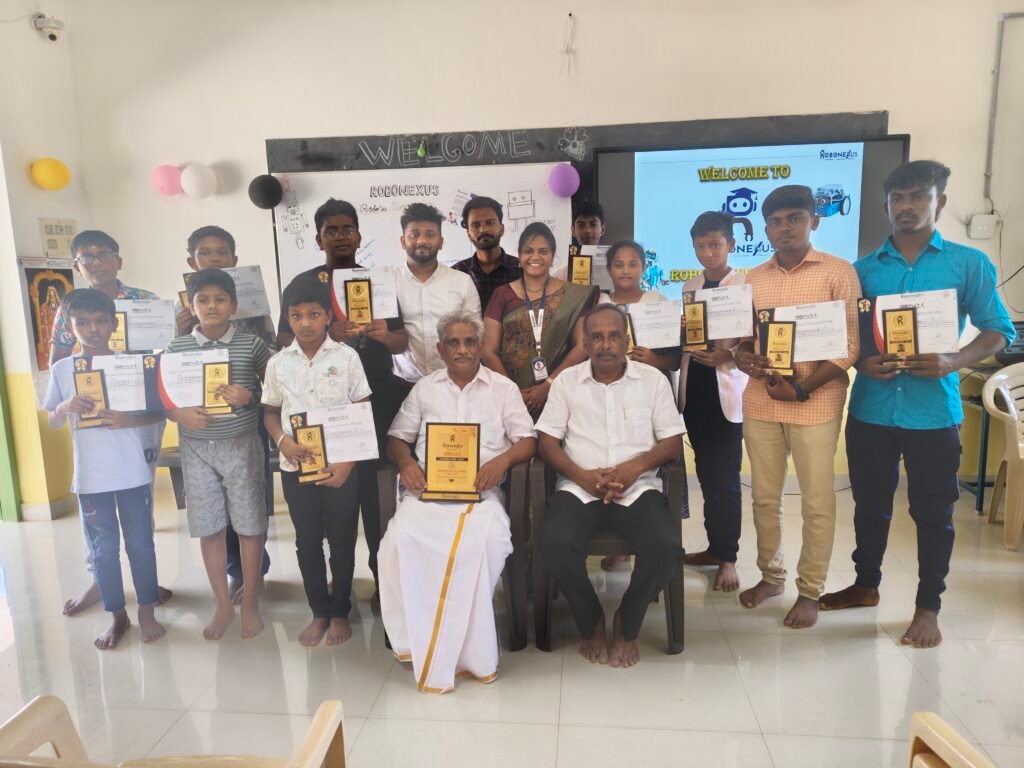
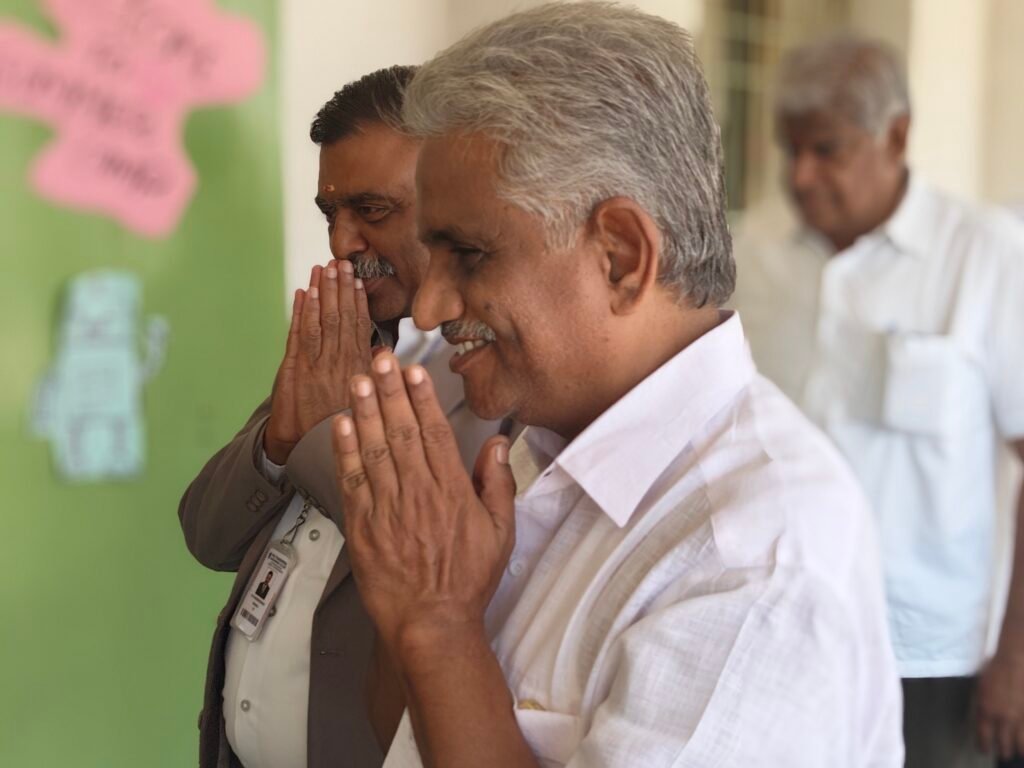
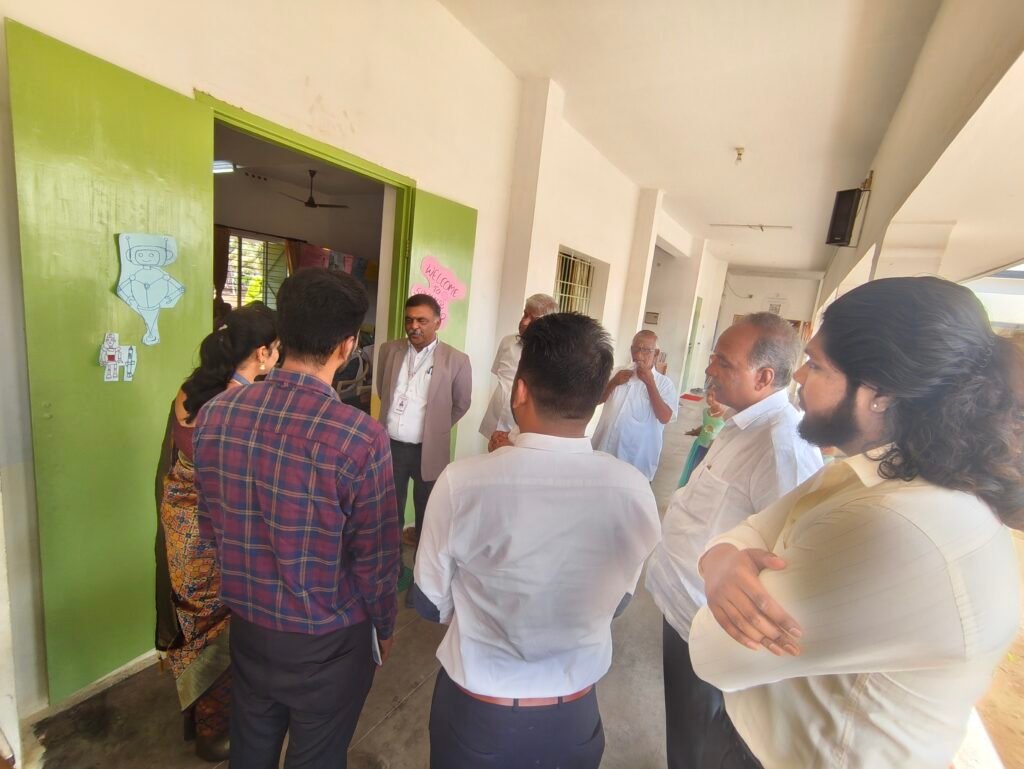
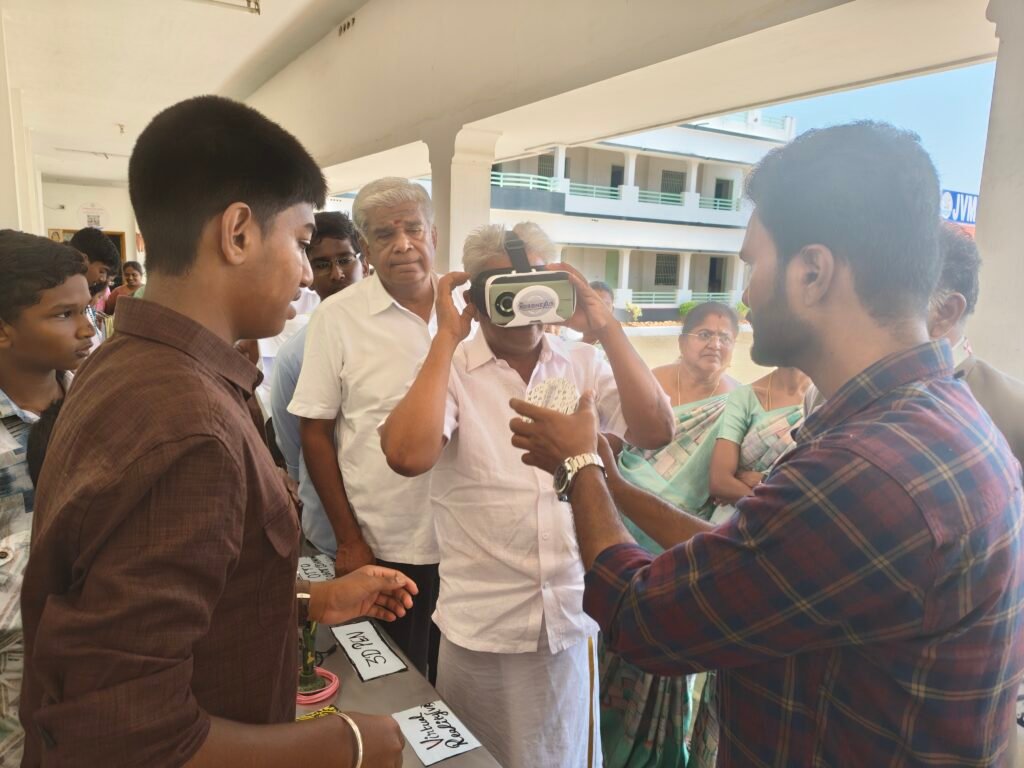
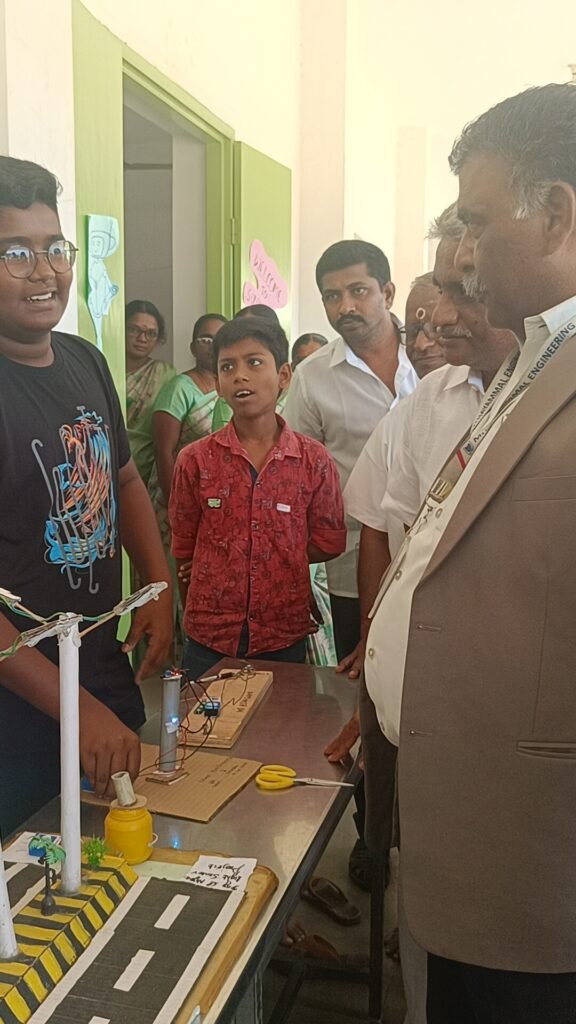
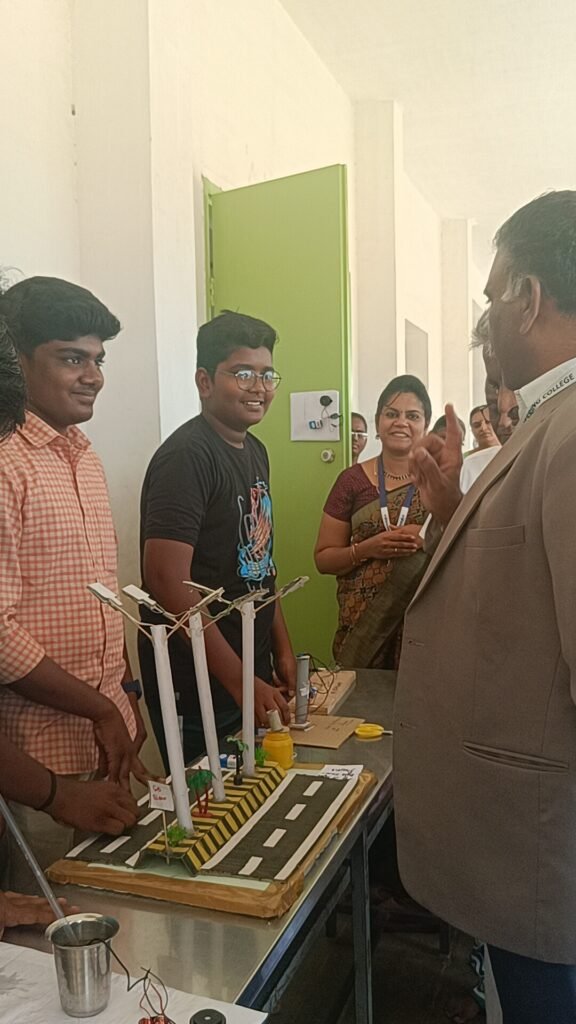
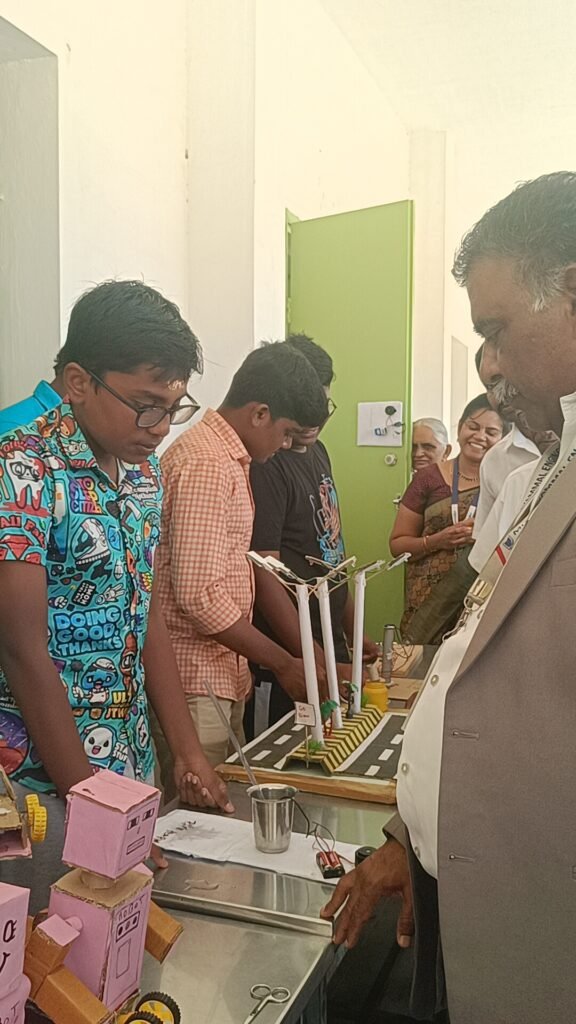
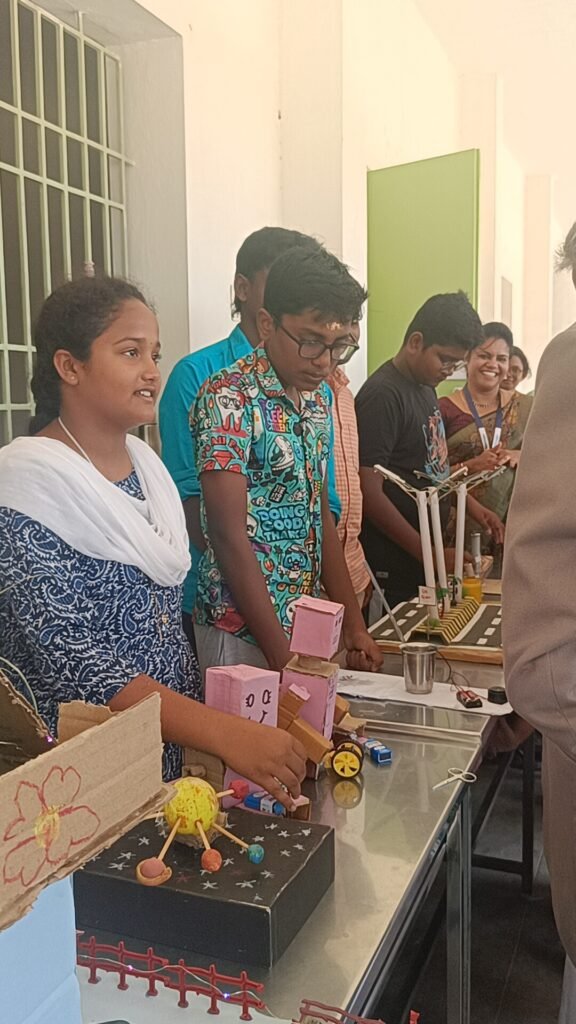
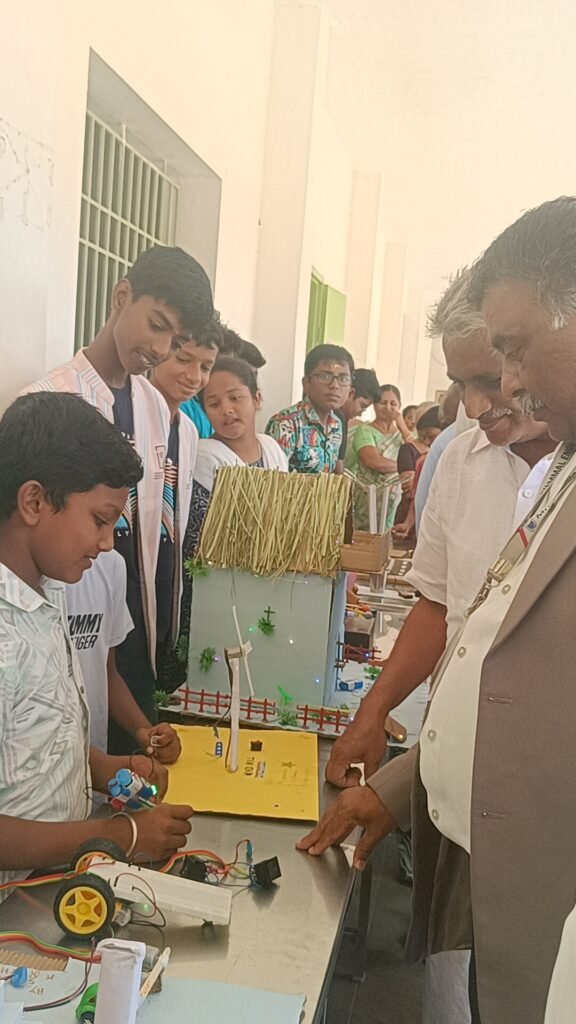
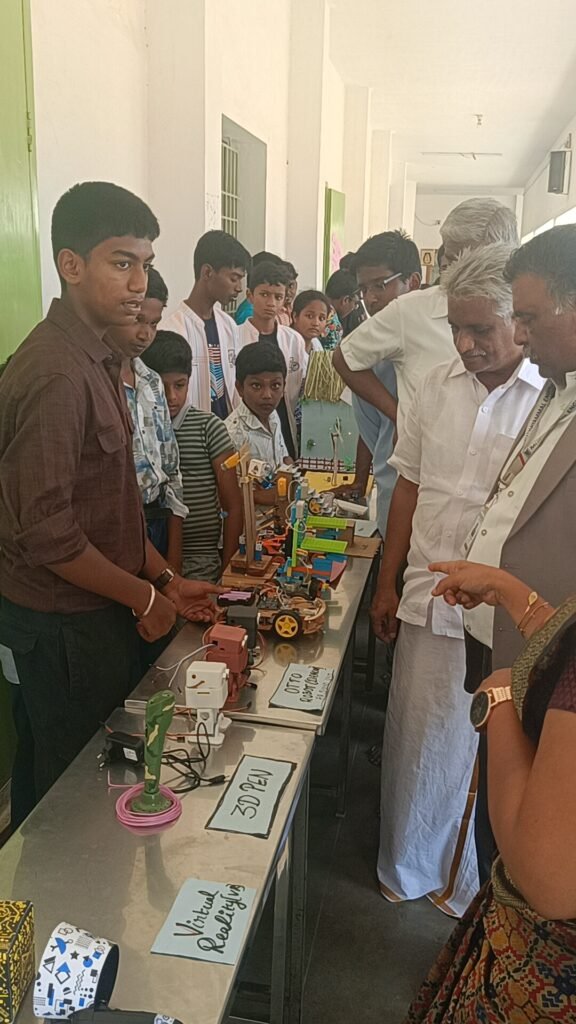
Landmine-detecting drones could help save lives
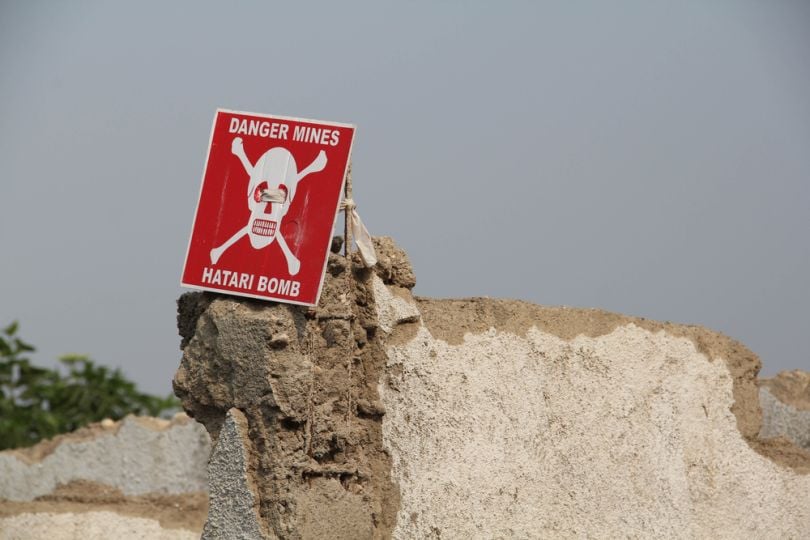
Landmine injuries and deaths still occur on a daily basis, decades after their ban in 1997. Complicating their detection is their tendency to be hidden from sight, with some also evading metal detectors.
Inverse reports that an undergraduate duo has built new drone technology that can spot hard-to-identify butterfly landmines from the sky and may get the International Campaign to Ban Landmines’ effort one step closer to its goal of a landmine-free world by 2025.
The outlet explains that butterfly landmines, which are explosive-filled plastic containers, thwart detection from standard minesweeping. Jasper Baur and William Frazer of New York’s Binghamton University tackle this issue using drones with attached thermal cameras.
Their efforts lend to a first-place finish in the aerospace and defense category at the recent Create the Future Technology competition. The life-saving potential of this project is immense. Inverse quotes a statistic from the 2018 Landmine Monitor report, which notes that out of 7,239 total deaths last year, 4,523 were caused by non-improvised mines.
The PMF1 mines developed by the Soviet Union, many of which are still buried in Afghanistan decades after the Soviet-Afghan War ended, are the focus of Baur and Frazer’s work.
“Their entire bodies are made out of plastic, where the more traditional land mine has some sort of metallic casing that can be detected with electromagnetic methods very easily. They are also difficult to find because a plastic landmine can be as small as your iPhone, or even smaller.”
“Their entire bodies are made out of plastic, where the more traditional land mine has some sort of metallic casing that can be detected with electromagnetic methods very easily,” Frazer said in a statement. “They are also difficult to find because a plastic landmine can be as small as your iPhone, or even smaller.”
Their realization that the propensity of these mines to heat up faster than their natural surroundings led to the application of thermal cameras on drones that help keep sweepers off potentially dangerous sites.
Planned improvements include machine learning to replace human observation to find the mimes as well as possible autonomous drone technology so the system could run without a pilot, says Inverse.

